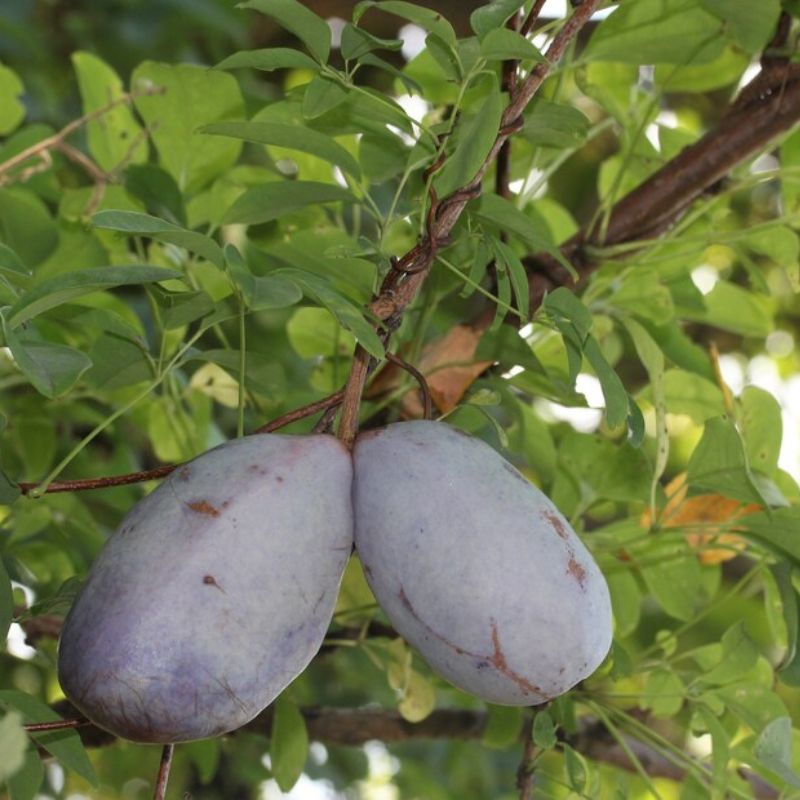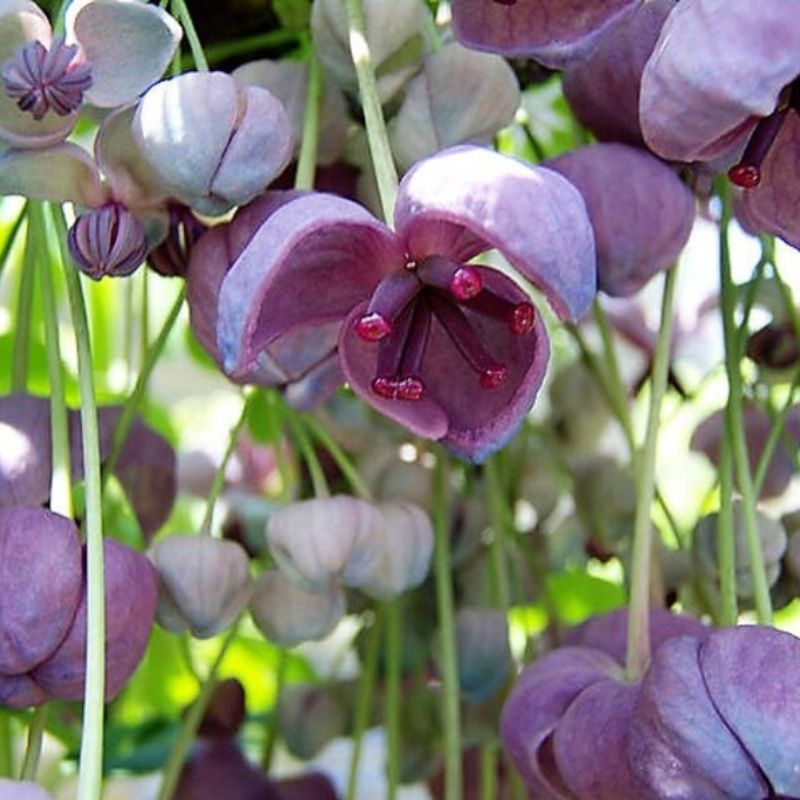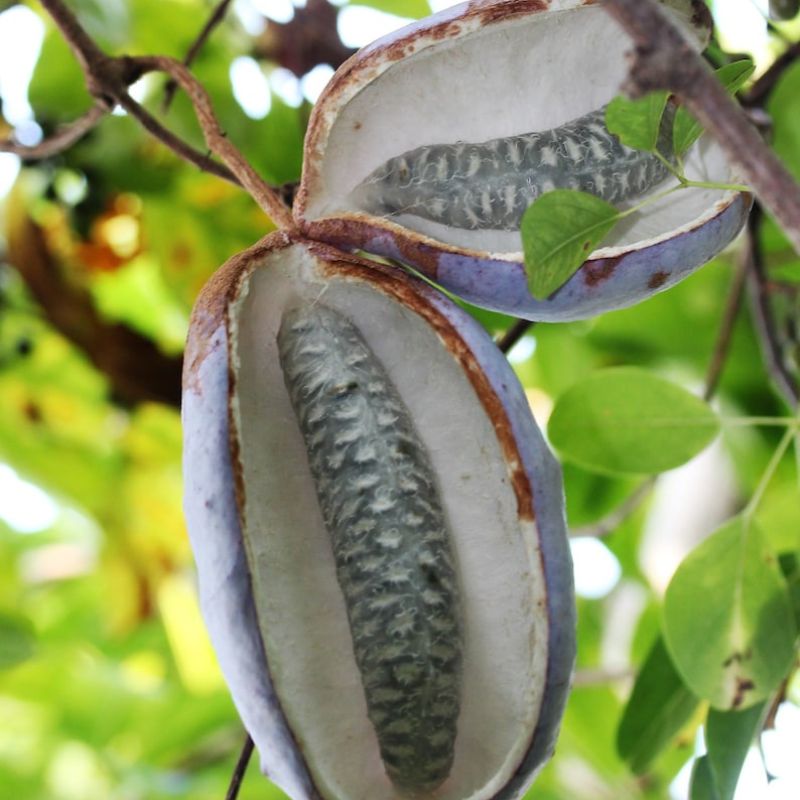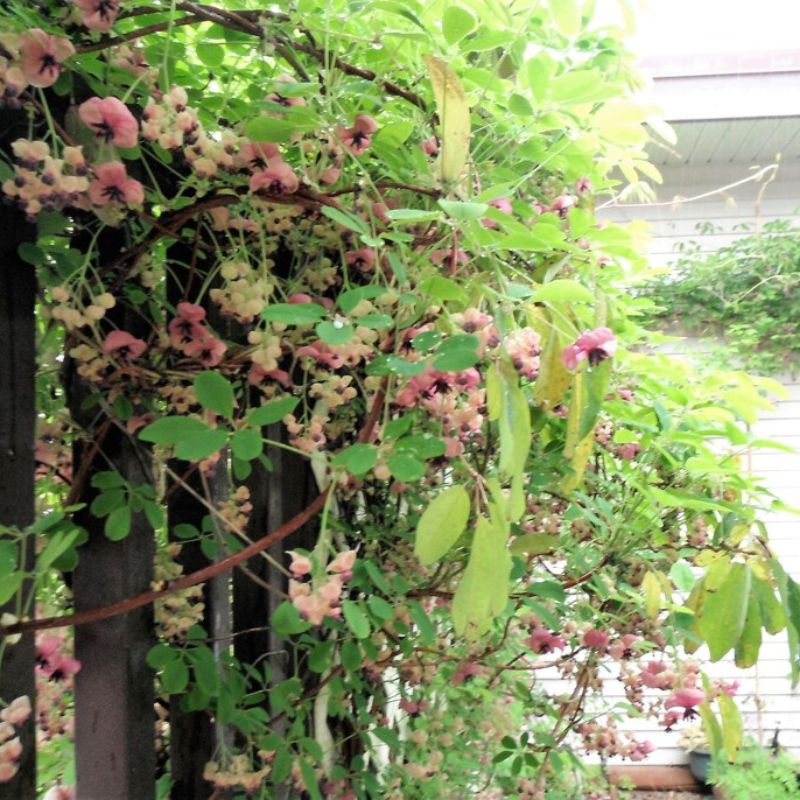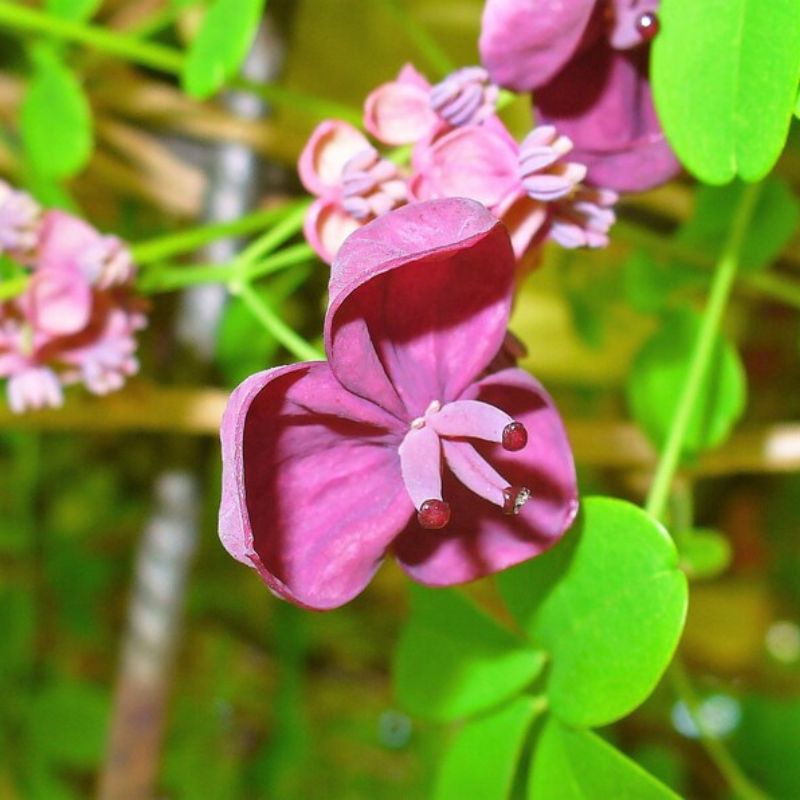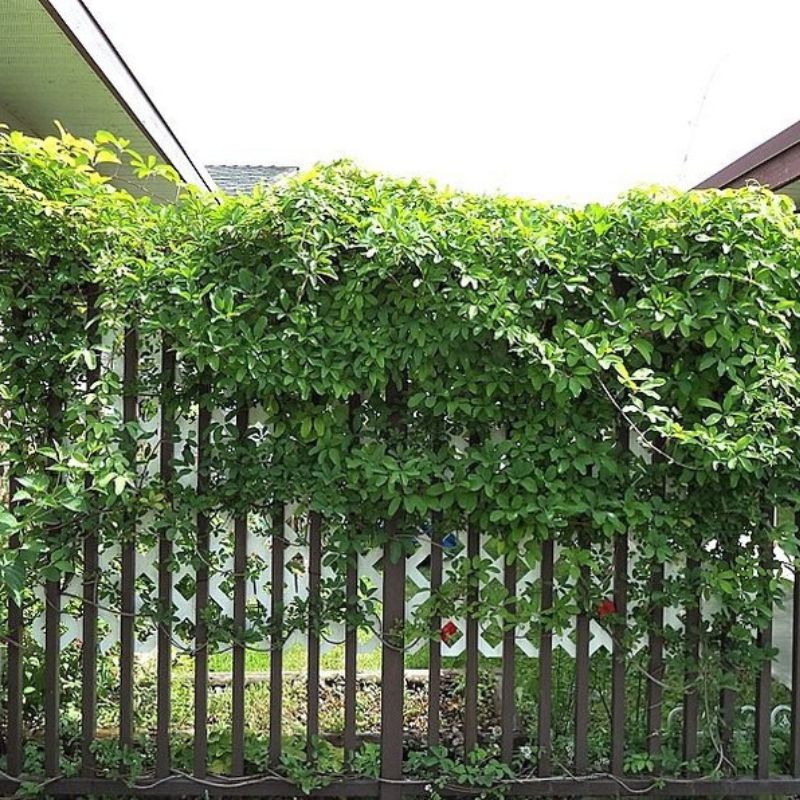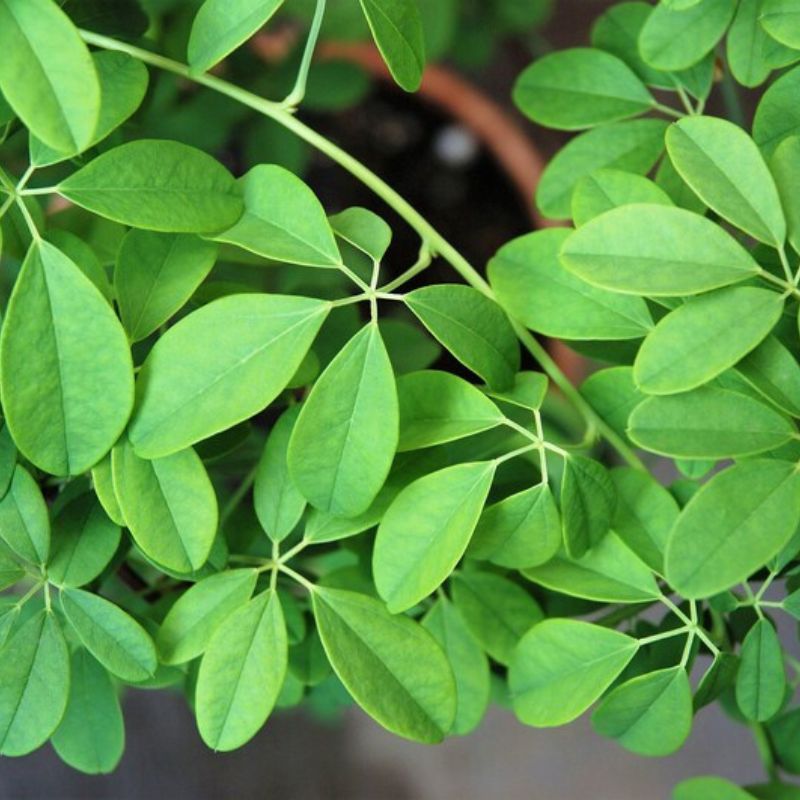- Historical context: Akebia quinata, commonly known as the chocolate vine or five-leaf akebia, has been cultivated and appreciated for centuries, particularly in East Asia.
- Geographical origination: This plant is native to Japan, China, and Korea.
- Relevant cultural significance: In Japan, the fruit of Akebia quinata is sometimes used in traditional dishes, and the plant itself is often grown for ornamental purposes.
- Time period of discovery: The plant has been known and utilized for hundreds of years, with historical records dating back to ancient times in East Asia.
- Original habitat: Akebia quinata typically grows in forested areas, along streams, and in mountainous regions.
- Notable historical uses: Historically, the plant has been used for its edible fruit and medicinal properties. The stems have been used in traditional medicine to treat various ailments.
- Ideal temperature range: Akebia quinata thrives in temperate climates with temperatures ranging from 10°C to 25°C (50°F to 77°F).
- Soil type: The plant prefers well-drained, fertile soil with a pH range of 6.0 to 7.5.
- Sunlight requirements: It grows best in partial shade to full sun, though it can tolerate a range of light conditions.
- Watering needs: Regular watering is essential, especially during dry periods. The soil should be kept consistently moist but not waterlogged.
- Planting season: The best time to plant Akebia quinata seeds is in the spring or early fall.
- Germination time: Seeds typically germinate within 1 to 3 months under optimal conditions.
- Growth cycle duration: Akebia quinata is a perennial plant, meaning it can live and produce fruit for several years.
- Common pests and diseases: Common pests include aphids and spider mites. The plant is generally resistant to diseases but can occasionally suffer from root rot if overwatered.
- Companion planting advice: Akebia quinata can be planted alongside other climbing plants or used as a ground cover. It pairs well with plants that have similar soil and light requirements.
- Common challenges and solutions: One common challenge is ensuring adequate support for the vine to climb. Providing a trellis or other structure can help. Additionally, regular pruning can manage its vigorous growth.
- Nutritional values: The fruit of Akebia quinata is rich in vitamins and minerals, particularly vitamin C and potassium.
- Health benefits: The plant has been used in traditional medicine to treat a variety of conditions, including inflammation, urinary tract infections, and digestive issues.
- Culinary uses: The fruit is edible and can be eaten raw or used in various dishes. The rind is often stuffed with meat or vegetables in Japanese cuisine.
- Medicinal uses: In traditional Chinese medicine, the stems and leaves are used to promote urination, relieve pain, and reduce inflammation.
- Other unique advantages: Akebia quinata is also valued for its ornamental qualities, with attractive foliage and fragrant flowers that can enhance garden aesthetics.
